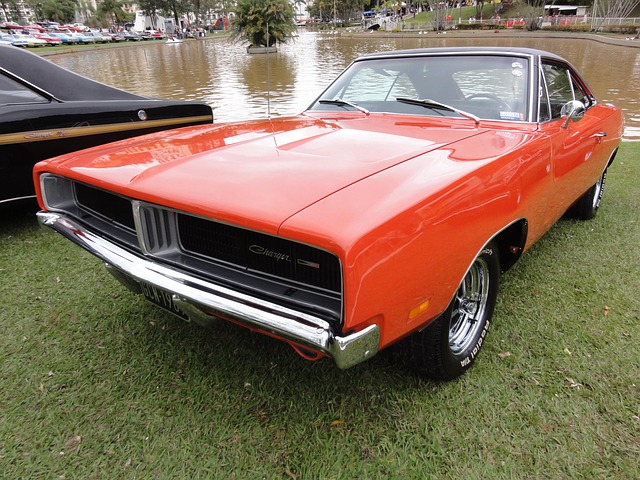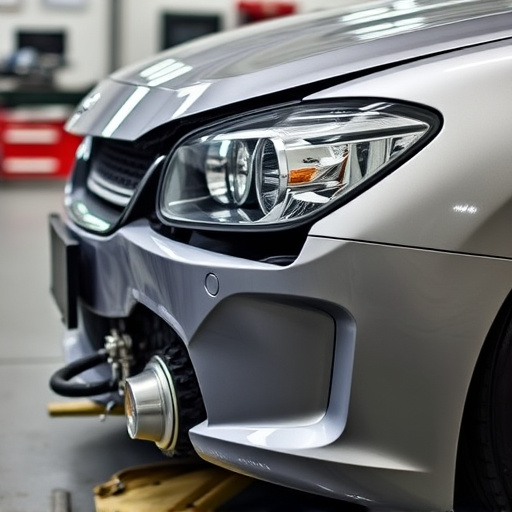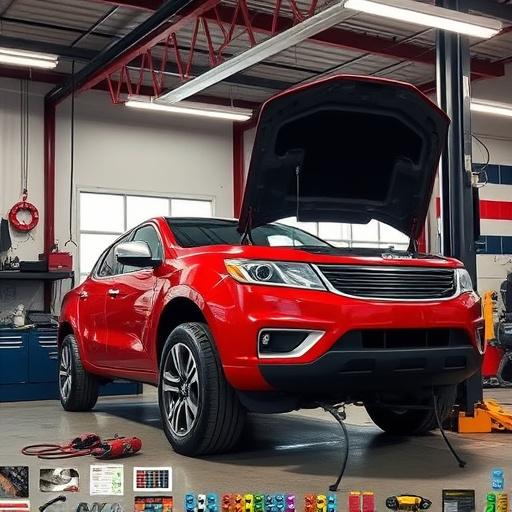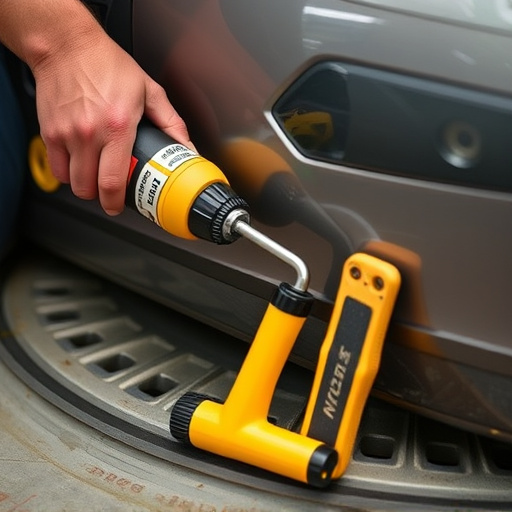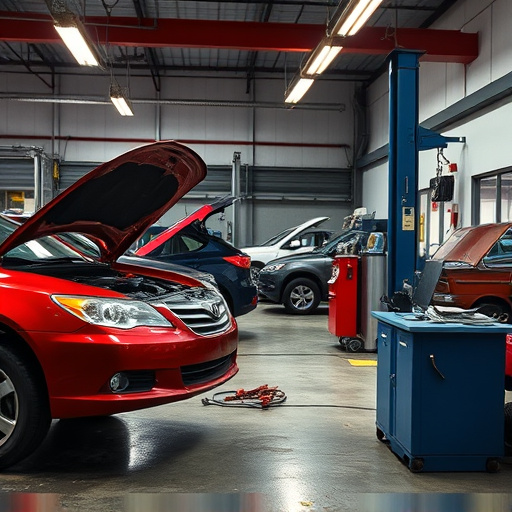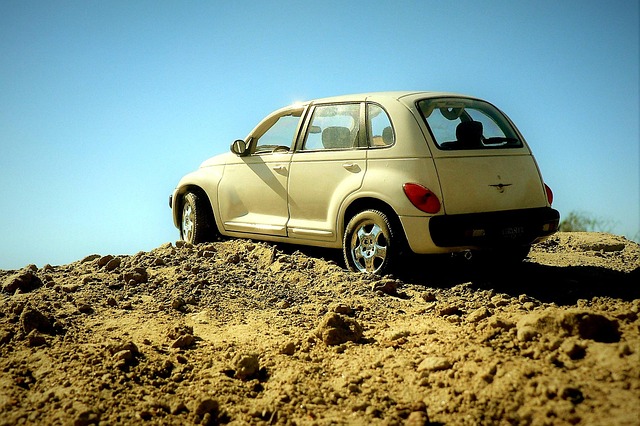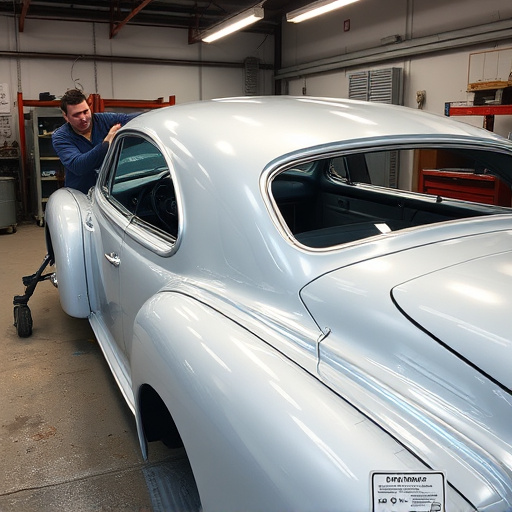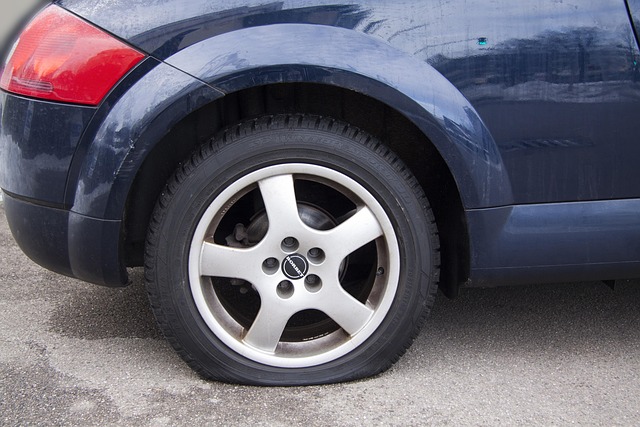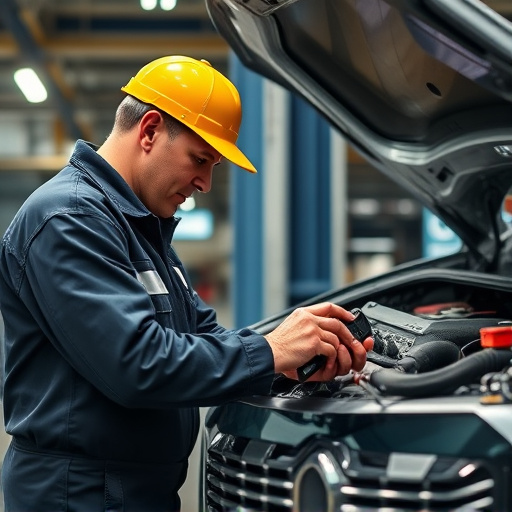Eco-friendly collision repair centers are adopting sustainable practices, using biodegradable materials, energy-efficient equipment, and water conservation techniques, to minimize waste, emissions, and their environmental impact. These efforts ensure high-quality auto body work while fostering environmental stewardship. Customers can support these shops, promoting a greener automotive industry that conserves resources, reduces carbon footprints, and safely disposes of hazardous substances, contributing to a healthier planet.
Looking for a reliable auto body shop that prioritizes both quality repairs and environmental stewardship? This guide outlines essential steps to verify a shop’s commitment to eco-friendly collision repair. Understanding these practices ensures your vehicle is restored using sustainable methods that protect our planet. From certifications and material choices to waste management and energy efficiency, we’ll walk you through the process of assessing a shop’s genuine dedication to this eco-friendly approach.
- Understanding Eco-Friendly Collision Repair Practices
- – Define eco-friendly collision repair and its significance
- – Highlight key environmental considerations in the process
Understanding Eco-Friendly Collision Repair Practices

Eco-friendly collision repair practices are designed to minimize the environmental impact of auto body work and paintless dent repair processes. These practices involve using eco-conscious materials, such as biodegradable or recycled paints and solvents, along with energy-efficient equipment that reduces emissions and waste. Many collision repair centers also implement water conservation strategies and proper disposal methods for hazardous materials.
By adopting these sustainable approaches, collision repair centers can significantly lower their carbon footprint while ensuring high-quality auto body work. Customers who prioritize eco-friendly solutions can now find reputable shops committed to balancing exceptional service with environmental stewardship. This shift towards green practices not only benefits the planet but also encourages a more responsible and ethical approach to vehicle maintenance.
– Define eco-friendly collision repair and its significance

Eco-friendly collision repair refers to a set of practices that prioritize minimizing the environmental impact during the restoration and rebuilding process of damaged vehicles. This approach goes beyond the conventional methods, focusing on using sustainable materials, efficient energy sources, and eco-conscious disposal techniques throughout every stage of car bodywork repairs. The significance of eco-friendly collision repair lies in its contribution to a greener planet by reducing pollution, conserving resources, and promoting a circular economy.
By adopting these practices, vehicle repair shops can significantly decrease their carbon footprint. They do this by selecting environmentally friendly materials for parts replacement, implementing energy-efficient equipment, and adhering to responsible waste management strategies. Moreover, eco-conscious car body shops often ensure proper disposal or recycling of hazardous substances commonly found in vehicles, such as old fluids and toxic coatings. This not only protects the local ecosystem but also fosters a culture of accountability among industry leaders, setting new standards for sustainable vehicle maintenance and repair.
– Highlight key environmental considerations in the process
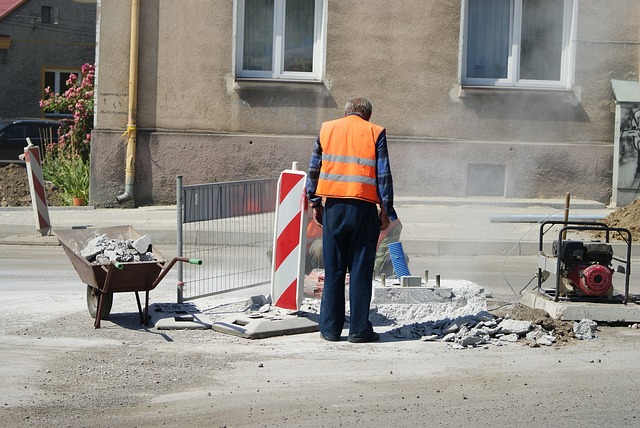
When evaluating a shop’s commitment to eco-friendly collision repair, several crucial environmental considerations come into play. One key aspect is the use of sustainable materials and processes throughout the repair process. This includes choosing environmentally friendly alternatives for fender repair and car restoration, such as recycled or biodegradable components, and avoiding harmful chemicals that can pollute the air and water.
Additionally, proper waste management is essential in eco-friendly collision repair. Reputable shops should have systems in place to recycle, reuse, or safely dispose of automotive waste, including metal scraps, plastics, and hazardous liquids from auto detailing processes. By minimizing the environmental impact at each step—from initial assessment to final car restoration—shops demonstrate their genuine commitment to sustainability in collision repair.
When verifying a shop’s commitment to eco-friendly collision repair, it’s crucial to assess their practices against key environmental considerations. Look for evidence of using sustainable materials, efficient energy systems, and reduced emissions in their operations. By choosing a shop that prioritizes these aspects, you contribute to minimizing the environmental impact of vehicle collisions while supporting businesses that align with eco-conscious principles.

